Our Favorite Hotels in Yokohama
• 5-star: InterContinental Pier 8
• 4-star: New Grand
• Cheap: GuestHouse FUTARENO
• Hostel: Central Hostel
• For Couples: Feel
• Near Yokohama Station: Richmond Hotel
• Narita Airport: Nikko Narita
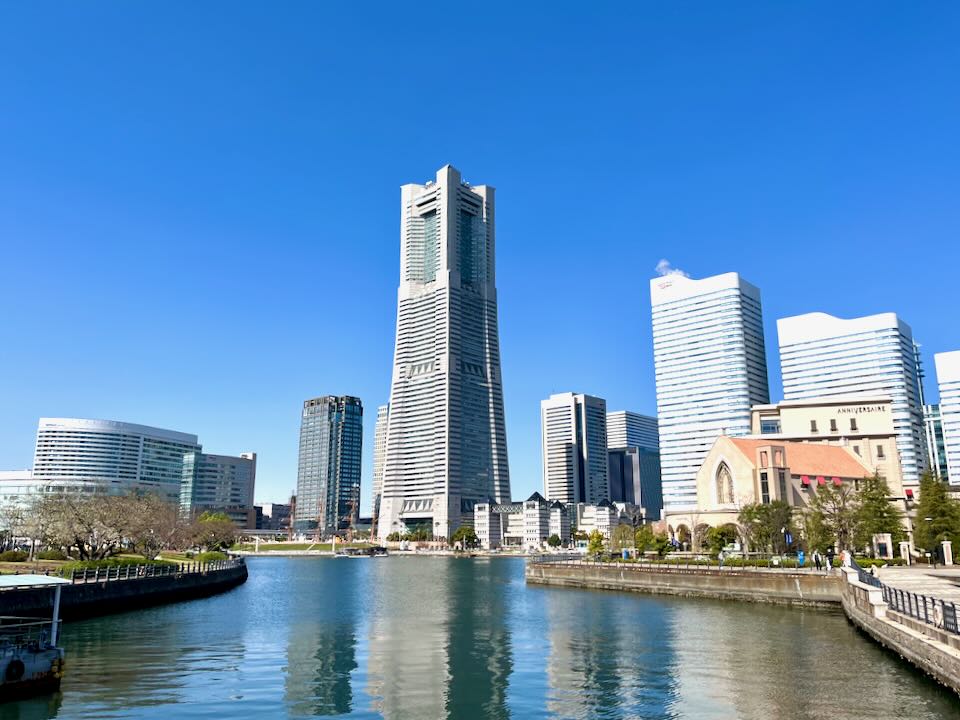
Minato Mirai 21 business district and Landmark Tower.
The Best Areas to Stay in Yokohama
Yokohama is Japan’s second most populated city and a major port. It’s in the Kantō region in the Greater Tokyo Area with easy access from Haneda and Narita airports. With its attractive harbor, historic sights, and famous Chinatown, it’s an enticing place to spend a few days, though it sees a fraction of the tourists of Tokyo and Kyoto.
Yokohama Neighborhoods
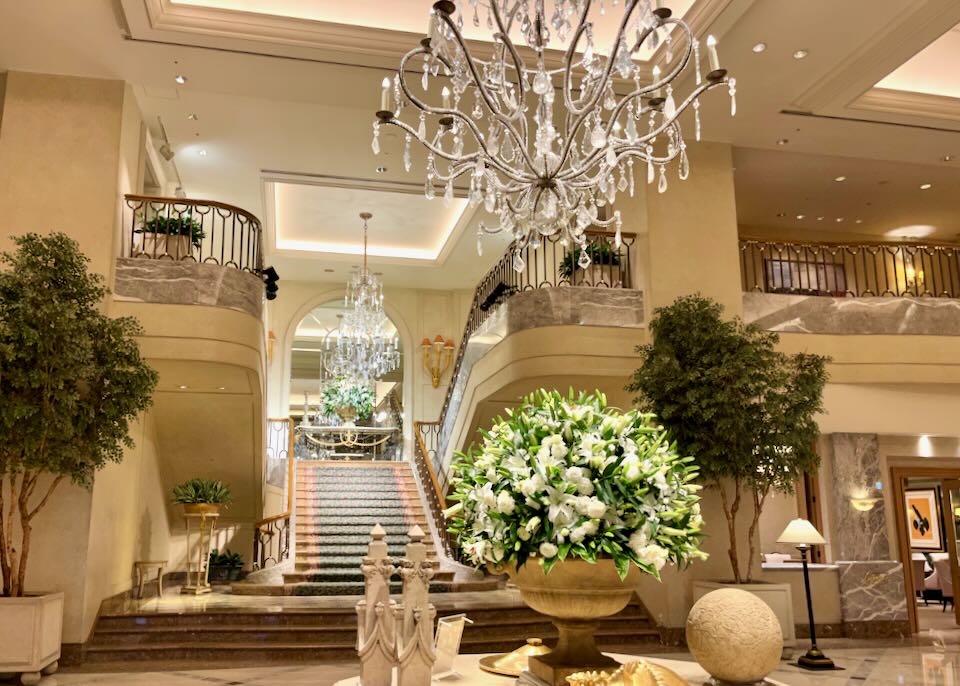
The beautiful Royal Park Hotel lobby located within Landmark Tower.
The main decision will be whether to stay near the Yokohama train station, which is convenient for transportation but lacks character, or to venture into one of the city’s more intriguing neighborhoods. Yokohama Station lies northwest of the city center proper. It’s in the heart of a buzzing area, open 24 hours, with many places to eat and shop but little to see. Another three miles north, the bullet train (shinkansen) serves Shin-Yokohama Station. From there, transfer to a local train or subway to get to Yokohama Station and the rest of the city.
Directly south of the station is Minato Mirai 21, the city’s modern business district. The area has some major hotels, but it’s lacking character. Sites like the iconic Landmark Tower, Yokohama Museum of Art, and Yokohama Port Museum are here. Adjacent Shinkō Island is known for the famous Cup Noodles Museum, the Red Brick Warehouse shopping and dining complex, and the Cosmo Clock 21 Ferris wheel.
The old city center of Yokohama is southeast in Kannai (Downtown). It’s also a good base, though it’s quieter at night. Highlights include the Kanagawa Prefectural Museum of Cultural History, Yokohama Archives of History Museum, and Yokohama Stadium – home to the baseball team Yokohama DeNA BayStars .
Yokohama Marine Tower.
On the bay, Yamashita Park features a pleasant harbor promenade, the Yokohama Marine Tower, a 1930s ocean liner (now a famous museum), and the Gundam Factory Yokohama. On the west side of the neighborhood is Noge (or Nogecho). It’s best known for nightlife and the the city’s most important Shinto shrine.
Southeast lies Yokohama’s premier tourist district and Japan’s biggest (and oldest) Chinatown. There are a couple of colorful Chinese temples here, but this neighborhood is best known for eating, shopping, and cheap hotels.
At the southeastern end of the city center are the Motomachi shopping district and the historic hilly Yamate. Foreigners settled in this area in the 1870s. It’s fun to explore, but there are few hotels here.
Getting Around Yokohama
Yokohama Station Area.
Trains and subway lines link Yokohama Station with most neighborhoods, though only buses go to Yamate. Minatomirai subway line is the most useful and connects the central station with Kannai on the eastern side of Downtown. Explore Neighborhoods like Yamate and Chinatown on foot.
It’s not worth the hassle or expense to rent a car. Public transportation is usually faster, and driving can be confusing for first-timers.Safety in Yokohama
Yokohama is generally very safe, though the usual precautions should be taken at night.
The Best Places to Stay in Yokohama
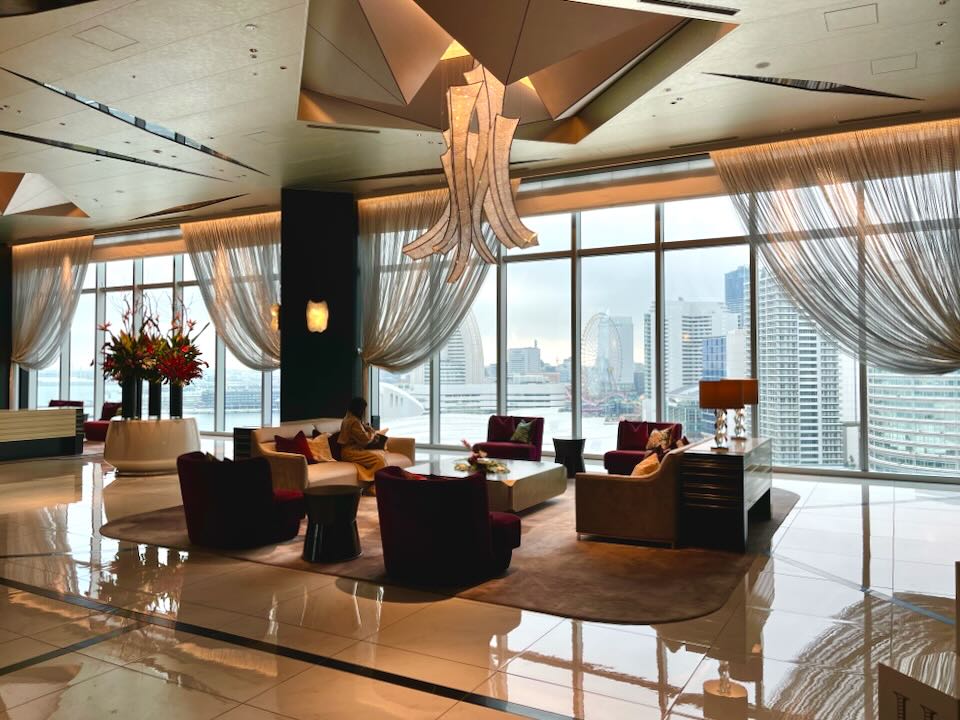
Kahala Hotel & Resort lobby with views of the InterContinental Grand Hotel and Cosmo World.
- Best Luxury Hotels in Yokohama
InterContinental Pier 8 • New Grand • Kahala • Tokyu • Royal Park- Best Cheap & Mid-range Hotels in Yokohama
GuestHouse FUTARENO • JR-East Hotel Mets • Super Hotel • Bashamichi • APA • Feel- Best Hostels in Yokohama
Central Hostel • Hiromas HostelBest Neighborhood in Yokohama for…
- Best Neighborhood to Stay for First Timers/Sightseeing: Kannai or Minato Mirai 21
The Red Brick Warehouse shopping and dining complex on Shinkō Island.
Staying in Kannai or Minato Mirai 21 provides the most accommodation choices in all price ranges. Neither area has much historic character, but transportation links are good. There are plenty of places to eat, drink, and shop in both. Minato Mirai 21 is a modern business district with a pleasant waterfront. It connects to Shinkō Island and attractions, including the Port Museum, the Landmark Tower and observation deck, and the art museum. Across on Shinkō, there are the whimsical Cup Noodles Museum and Yokohama Cosmoworld amusement park. Kannai is the city’s original downtown, including Yamashita Park on the bay. Inland has a couple of history museums and the main baseball stadium.
- Most Romantic Neighborhood: Yamate
Yamate is Yokohama’s affluent historic district. It’s a mix of modern homes and early 20th-century mansions and theaters primarily built for its large foreign community. Though the architecture is more “Western” than Japanese, it represents an essential chapter in the nation’s history. It’s a fascinating place to explore. Berrick Hall and the Ehrismann Residence are old houses that are now open as museums. Cherry blossoms color the parks in springtime. Visit the Iwasaki Museum in an old Victorian theater. Gaze at the sights from Harbor View Park Observatory, which is especially lovely at night. The romantic Enoki Tei serves desserts and afternoon tea. Away from the hectic city center are a couple of tranquil hotels, Hotel Feel and KKR Porthill.- Best Neighborhood for Nightlife: Noge
Noge (or Nogecho), just south of Kannai, is the city’s primary nightlife hub. Tiny bars, traditional izakayas, dance clubs, and even jazz clubs cram the narrow lanes. The Yokohama Partyzone Night Club and Velvet Night Club are popular with foreigners. Full Monty British Pub & Cider House is a British-style bar, while Royal Smoke is one of many hookah bars in the city.- Best Neighborhood for Food and Restaurants: Chinatown
A food stall in Chinatown.
It’s hard to beat Chinatown when it comes to food. It offers mainly (obviously) Chinese cuisine rather than Japanese. Locals like to wander Chukagai-Odori and Ichiba-Dori streets, sampling snacks along the way. Try steamed buns at Wangfujing Honten, egg tarts at Douhatsu, bubble tea at Chai Tea Café, and panda-shaped buns and souvenirs at the wildly popular Rouishin.
For proper meals, celebrated spots include Manichinro (Cantonese, opened in 1892), Kyokarou (Sichuan), Saikoushinkan (high-end Cantonese), and the ever-popular buffet-style Chinatown Hong Kong Restaurant.
Many easy-to-access Japanese restaurants, often with English menus, are around Yokohama Station. There’s fresh conveyor-belt sushi at Mawashizushi Katsu, unagi (eel) at Nodaiwa, sukiyaki and shabu shabu at Ningyocho Imahan, and tasty udon at Yokohama Naka-ya.
- Best Neighborhood for Shopping: Motomachi and Minato Mirai 21/Shinkō Island
The Motomachi district is primarily known for its 2,000ft-long (600m) shopping street. High-end stores, jewelers, diamond traders, leather goods, furniture, and china shops line the streets. Lacoste has a famous store here, while JKPlanet and Bijoupiko are popular for jewelry.Yokohama’s best malls are in modern Minato Mirai 21. Queen’s Square Yokohama and Mark Is Minatomirai are good places to start. Yokohama World Porters, Marine & Walk Yokohama, and Red Brick Warehouse are great shopping destinations on Shinkō Island.
- Best Neighborhood for Families: Shinkō Island (Minato Mirai 21)
Green spaces and the bayfront promenade make Shinkō Island and neighboring Minato Mirai 21 popular with families. There’s always something happening at the Red Brick Warehouse on the weekends. Cosmoworld offers theme park rides. The quirky Cup Noodles Museum has colorful exhibits and fun interactive workshops to experience. The Yokohama World Porters shopping mall has fun places to eat (Hawaiian Café, Teddy’s Bigger Burgers, Wow Wow Lemonade, and Manoa Pancake House) and plenty of fashion stores.
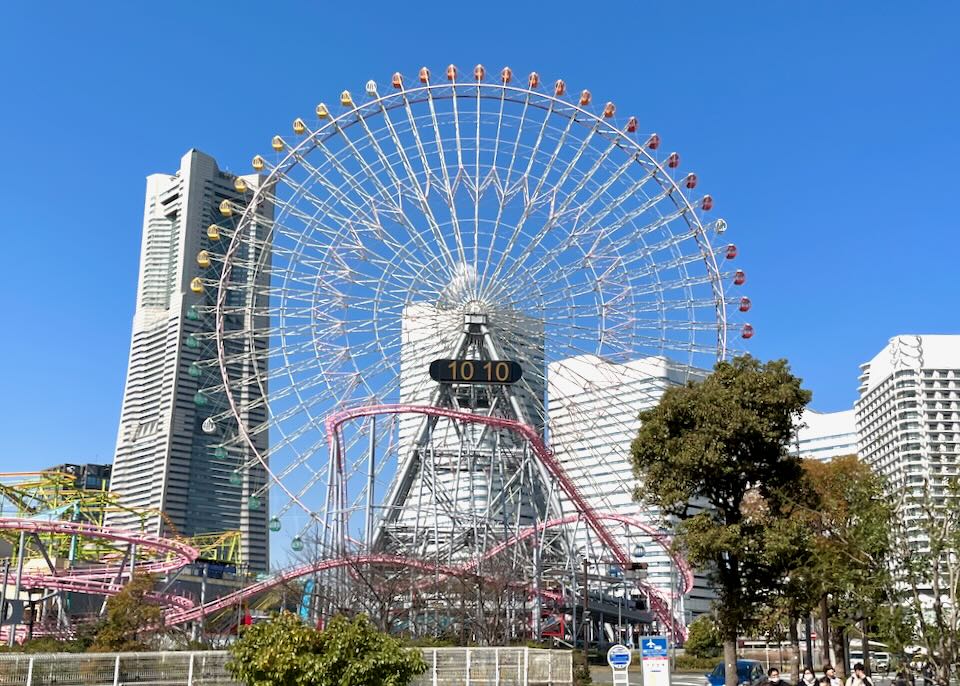
Yokohama Cosmo World theme park, featuring the Cosmo Clock 21 Ferris wheel.
The 6 Best Neighborhoods in Yokohama for Tourists
1. Minato Mirai 21 & Shinkō Island
Views from the Sky Garden observation deck in Landmark Tower. In the center is Shinkō Island and Cosmo World. On the left, across the water, sits the tall InterContinental Grand Hotel with spectacular views.
Yokohama’s shiny new business district, just southeast of the main train station, is Minato Mirai 21 or MM21. Adjacent is Shinkō Island, connected by several bridges. The Ōsanbashi cruise ship pier and the best hotels in the city are here.
Dominating the skyline is Yokohama’s iconic Landmark Tower in Minato Mirai 21. It’s Japan’s third tallest skyscraper at 972ft (296m). You’ll get the best views of the city, Tokyo, and Mount Fuji from the Sky Garden observation deck on the 69th floor. The area has brick walkways along the harborfront and the city’s premier conference and exhibition halls. There’s also the Yokohama Museum of Art, which primarily exhibits 20th-century Japanese and Western paintings.
The Nippon Maru at Yokohama Port Museum.
Docked in the port is one of Japan’s most famous historic ships, the Nippon Maru, at the Yokohama Port Museum. Board this four-masted barque training vessel built in 1930 to view the museum, wander, and learn from the crew. It’s a six-minute walk from the Museum to Sakuragicho Station and the Yokohama Air Cabin cable car to Shinkō Island.
A fun way to get to Shinkō Island is the Yokohama Air Cabin cable car ride.
On Shinkō Island is the famous Cup Noodles Museum. It pays tribute to the iconic instant noodle brand that debuted in 1971. It also covers Momofuku Ando, the “inventor” of instant noodles in 1958 and the founder of the Nissin Japanese food company. For shopping and dining, there’s the Red Brick Warehouse (aka Akarenga Soko), in two converted buildings dating back to 1911.
A sculpture of Anpanman welcomes guests to the Anpanman Children’s Museum.
For kids, there’s the Yokohama Cosmo World theme park. It features the massive Cosmo Clock 21 Ferris wheel, and the Anpanman Children’s Museum, dedicated to the anime superhero “Anpanman” created by Takashi Yanase.
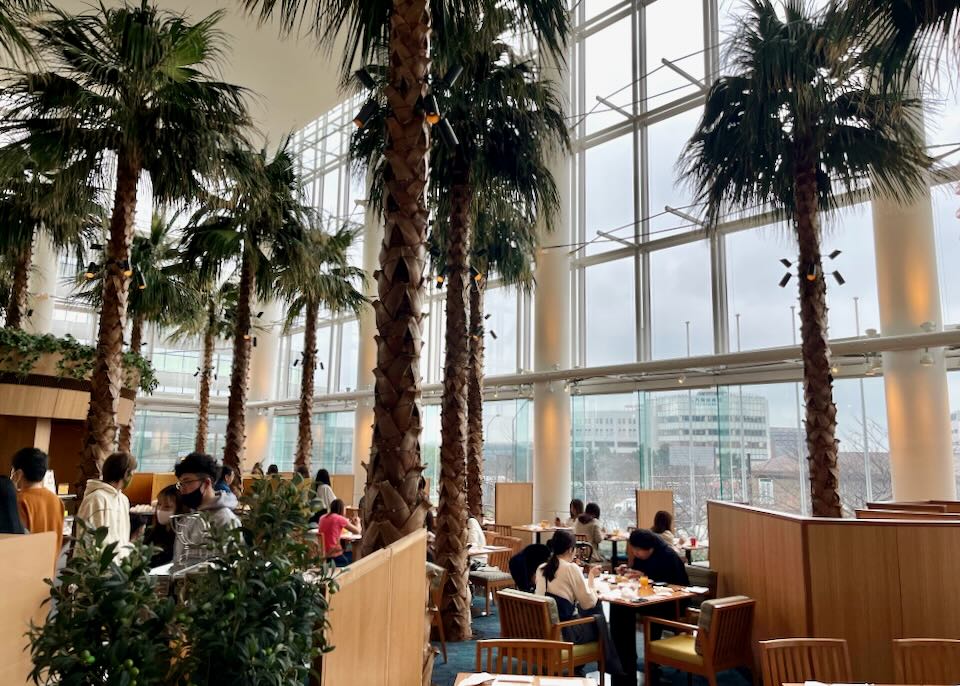
The interior of Yokohama Bay Hotel Tokyu.
- The Best Hotels in Minato Mirai 21 & Shinkō island:
InterContinental Pier 8 Hotel phone: +81 45 307 1111
Kahala Hotel phone: +81 45 522 0008
Tokyu Hotel phone: +81 45 682 2222
Royal Park Hotel phone: +81 45 221 1111
InterContinental Grand Hotel phone: +81 45 223 2300- Best Midrange Hotel:
APA Hotel phone: +881 57 005 51112. Chinatown
Entrance to Chinatown through the Goodwill Gate (Zenrin-mon).
About two miles southeast of Yokohama Station is Chinatown, the most touristy and lively part of Yokohama. It’s primarily the haunt of Japanese tourists and local youth, who hang out or wander the streets looking for tasty snacks. Similar to Chinatowns in the West but with a local spin. It’s a good place to eat, with fun shopping and flashy Taoist temples. But this does not represent traditional Japan.
Yokohama’s Chinatown is Japan’s largest by far, dating back to the 1860s when the country first opened up to the world. Today, it’s best known for restaurants. Simple dumpling shops and bakeries like Rouishin attract long lines for cutesy panda-themed steamed buns. By contrast, giant Cantonese emporiums, like Manichinro, which has been open since 1892, offer seven-course meals.
Chinatown’s two main temples are the only actual sights. Compared to their Japanese cousins, they’re bright and highly colorful. Both are part of the Chinese Taoist tradition and not Buddhist, whatever you might read. The Kuan Ti Miao is dedicated to the God of War, Guan Di. Initially, he was more like a patron of chivalrous warriors and is revered today as a god of wealth and learning. Guan Di was a quasi-historical figure known as General Guan Yu in the Chinese classic “The Romance of the Three Kingdoms,” loosely based on the historical events of the Three Kingdoms period from 206–220.
Mazu Miao Temple.
The nearby Mazu Miao Temple is dedicated to Mazu. Often regarded in China as the Goddess of the Sea, she’s especially popular in Taiwan, Fujian, and Guangdong – the original homelands of the overseas Chinese that migrated to Yokohama. Mazu is another quasi-historical figure, a woman called Lin Mo-niang, born around 960 on Meizhou Island off the Chinese coast.
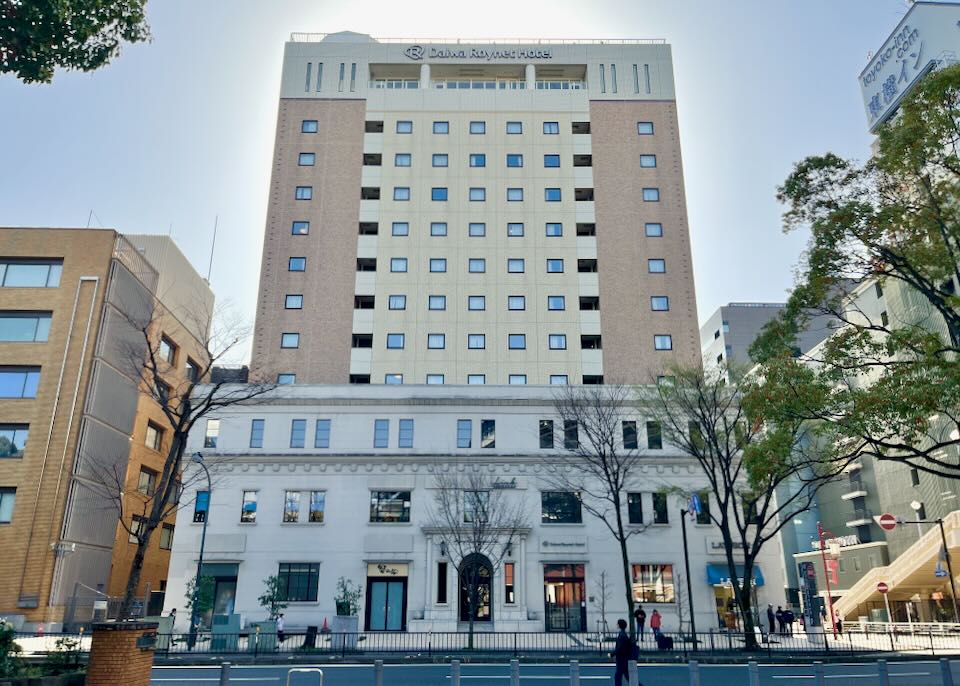
Daiwa Roynet Hotel.
The hotels in Chinatown are relatively cheap compared to the rest of the city, but they aren’t the best quality. The neighborhood is better known for restaurants than hotels.
- The Best Hotels in Chinatown:
Daiwa Roynet Hotel phone: +81 45 664 3745
Rose Hotel phone: +81 45 681 3311
Escale Hotel phone: +81 45 681 2141- Best Hostels:
Central Hostel Hotel phone: +81 45 663 1890
Hiromas Hostel Hotel phone: +81 45 228 98863. Motomachi and Yamate
A flower boutique on Motomachi Shopping Street.
Motomachi Shopping Street is just south of Chinatown. The five-block stretch of Motocho Street features posh boutiques and stores. Parallel Motomachinaka Street is known as “Motomachi Craftsmanship Street” and contains jewelery, clothing, and pottery stores.
Yamate is on the hills just to the south. It’s a historic neighborhood, once known as “The Bluff,” where foreign traders built their posh homes after Yokohama became an open port in the 1860s. Essentially, it is a high ridge overlooking the harbor arranged around several parks. It’s still an affluent residential district, with modern Japanese homes interspersed with Western-style buildings. Most of them were rebuilt after the earthquake in 1923.
Yamate Jubankan wedding venue and French restaurant.
If you want a peek inside, several are open as museums, though none of the interiors are original. Highlights include Spanish Revival Berrick Hal (1930), the graceful Ehrismann Residence (1926), the ornate Yamate Jubankan (now a wedding venue and French restaurant, built in 1967), Yamate Archives Museum (1909), and the Enoki Tei cakeshop and teahouse (1927).
The old Gaiety Theatre (1885, rebuilt in 1980) is now the Iwasaki Museum, showcasing Japanese costumes, arts, and crafts. The Kanagawa Museum of Modern Literature in Harbor View Park hosts exhibitions, but not much in English. Check out the killer views from Harbor View Park Observatory, especially good at night. On a clear day, you can see the Tokyo Skytree.
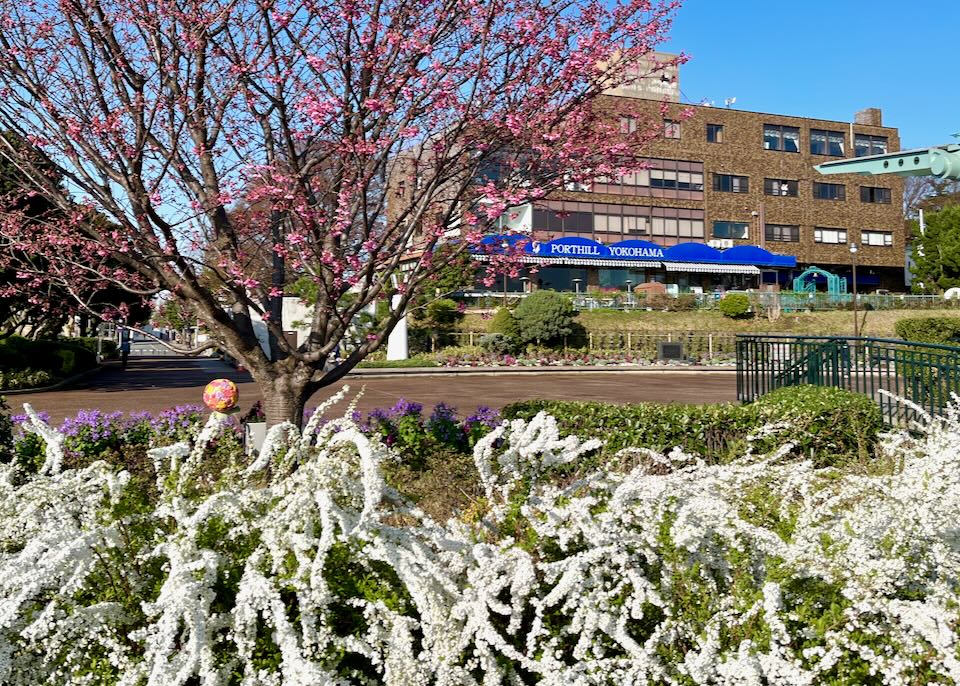
Inside Harbor View Park is KKR Porthill Hotel in Yamate.
Though these are major tourist areas, there are few accommodations, and it’s easy to visit from elsewhere in the city.
- The Best Hotels in Motomachi and Yamate:
Feel Hotel phone: +81 45 622 7707
KKR Porthill Hotel phone: +81 45 621 96844. Kannai (Downtown) & Yamashita Park
Bashamichi Street
Between Chinatown and southeast of Yamate is the old Yokohama city center, Kannai. It’s still home to Yokohama City Hall and the best Western-influenced architecture.
The entrance to the Kanagawa Prefectural Museum of Cultural History.
Bashamichi Street is one of the oldest and most atmospheric thoroughfares. Several notable buildings include the Kanagawa Prefectural Museum of Cultural History. It’s housed in the former Yokohama Specie Bank. It’s one of the city’s bigger museums, with some labels in English. The exhibits are interesting even with a language barrier. They cover local prehistory, the medieval Kamakura era, and Yokohama after Japan opened up in the 1850s. There’s also a cute coffee shop and a good gift store inside.
The nearby Yokohama Archives of History is housed in the former British Consulate, completed in 1931. It’s a must-see for history buffs. It lies at the site of the fateful Kanagawa Treaty of 1854. The small museum commemorates the moment and charts the rapid boom of Yokohama that followed. Labels are in English. Kanagawa Prefectural Government Office building is further east in Nihonodori.
The Port Plus building.
Architecture fans should also check out the distinctive Port Plus building (2-22 Benten-dori). It’s Japan’s first fully wooden and fire-resistant high-rise structure, completed in 2022. Baseball fans should look up the schedule at Yokohama Stadium, home of the Yokohama DeNA BayStars baseball team.
The 1930s ocean liner, NYK Hikawa Maru, that’s now a popular museum.
Over on the bay, Yamashita Park features a pleasant green space and harbor walkway. On the water is a 1930s ocean liner, now a famous museum, NYK Hikawa Maru. Nearby on a pier, standing six stories high, is Gundam, the famous Japanese robot, nestled in a tower at the Gundam Factory. From here, you can also take harbor cruises. South of the park is the iconic Yokohama Marine Tower. From the top are spectacular panoramas of the bay and colorful lights at night.
Scandia Restaurant in Kannai.
Kannai is home to several “European” style places to eat and drink. Alte Liebe, open since 1965, has a Viennese-style interior and a French-inspired menu. Its neighbor, the elegant French-style Café de la Presse, has sidewalk seating. Scandia, open since 1963, offers Scandinavian cuisine.
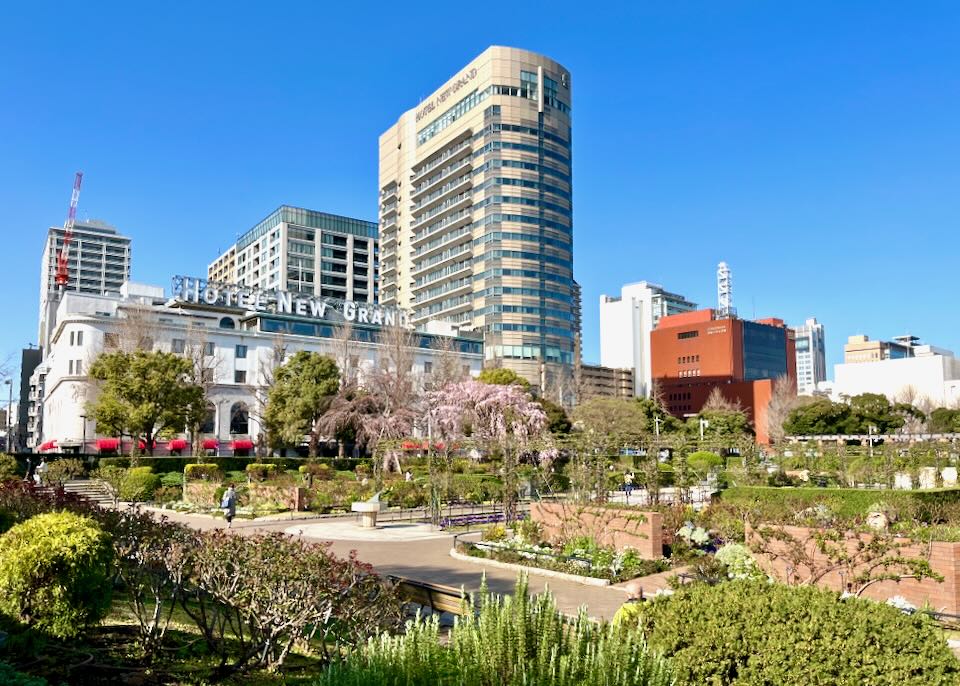
New Grand Hotel across the street from Yamashita Park.
There are several good mid-range hotels here. It’s quiet at night, and its central location is good for exploring the city.
- The Best Hotel in Kannai & Yamashita Park:
New Grand Hotel phone: +81 45 681 1841
Hyatt Regency Hotel phone: +81 45 222 0100- Best Cheap/Midrange Hotels:
Super Hotel Hotel phone: +81 45 650 9000
Bashamichi Hotel phone: +81 45 227 6701
Edit Hotel phone: +81 45 680 0238
MYSTAYS Hotel phone: +81 45 227 67015. Noge
Yokohama Nigiwai-za performing arts theater in Noge.
Noge is another central district best known for its nightlife. Bars and restaurants cram narrow lanes. The small Noge Food Alley is open late into the night. It’s also the location of the Nigiwai-za, one of Yokohama’s major theaters. The hills above the district are home to the Yokohama Civic Art Gallery and Iseyama Kotaijingu, the city’s most important Shinto shrine. It dates from the 1870s but was rebuilt after the 1923 earthquake.
Further up the hill is Nogeyama Park, which has excellent city views. The Nogeyama Zoological Gardens is a small zoo that may appeal to families with young children.
- The Best Hotel in Noge:
JR-East Hotel Mets Sakuragicho Hotel phone: +81 45 228 0011- Best Cheap/Midrange Hotel:
GuestHouse FUTARENO Hotel phone: +81 45 308 85776. Yokohama Station
The covered Hamamirai Walk across the Katabira River to the Nissan Global Headquarters.
The area around Yokohama Station is a convenient place to stay if you’re traveling by train. However, there’s not a lot to see here. There are excellent transportation connections to the rest of the city and Japan, and many places to eat and drink are open 24/7. The station itself is massive, busy, and quite confusing at first. There are signs in English, and the JR staff here tend to understand English. With some patients, you’ll figure out where to go, even with numerous exits and train lines intersecting here. If in doubt, ask your hotel for instructions before you arrive.
Nissan Global Headquarters.
Shopping malls and skyscrapers surround the station. The restaurants and food courts are the easiest places to load up on cheap food and snacks with hundreds of options. For nearby attractions, check out the Nissan Global Headquarters. The iconic car company has a gallery filled with some of its most famous car models, company history exhibitions, plus a stylish café by the river.
The Shinkansen (bullet train) does not stop at Yokohama Station. It stops at Shin-Yokohama Station, three miles to the north, with transfer options to Yokohama Station.
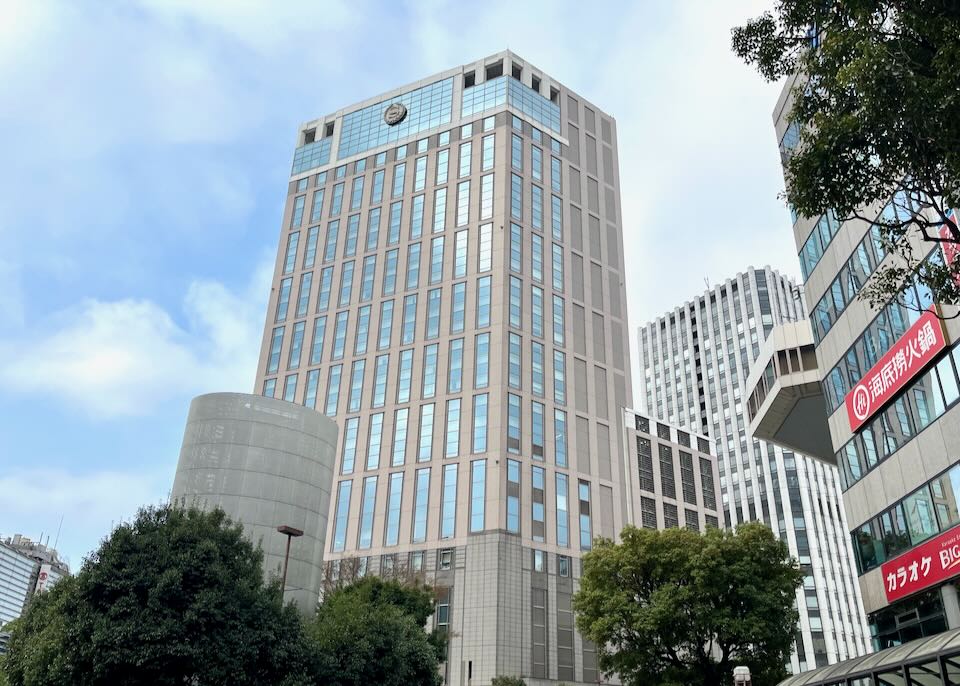
Yokohama Bay Sheraton Hotel & Towers.
Though not always cheap, you’ll find some quality hotels around the station. Japanese business travelers value the convenience of staying here as much as tourists.
- The Best Hotels around Yokohama Station:
Richmond Hotel Hotel phone: +81 45 311 0155
Sheraton Hotel phone: +81 45 411 1111
Unizo Hotel phone: +81 45 321 1070- Best Cheap/Midrange Hotel:
JR-East Hotel Mets Hotel phone: +81 45 317 0011Yokohama With More Time
We’ve covered our favorite neighborhoods to visit and stay in more detail above, but with more time, these districts are also worth checking out.
South Yokohama’s principal sight is the traditional Sankeien Garden. It’s known for beautiful cherry blossoms and blooming wisteria in the spring, several old teahouses, and a three-story pagoda (formerly part of Tomyoji Temple).
Shin-Yokohama Station is the bullet train stop, and the area is an urban hub in its own right. The bullet train to Shin-Yokohama Station takes 17 minutes from Tokyo and two hours from Kyoto. It’s three miles (5km) north of Yokohama Station, where you catch the regular train or subway to the rest of the city. There’s nothing to see here but plenty of cheap places to eat. If you’re traveling by bullet train, it’s only worth staying here for a quick trip. Otherwise, it’s better to head into the city proper. The most convenient option is Hotel Associa Shin-Yokohamal inside the station.
Yokohama Travel Tips
- Tokyo’s Haneda Airport is the nearest international airport to Yokohama. From Terminal 3, the Keikyu train line runs directly to Yokohama Station in about 30 minutes. Taxis will take you to the city center for around ¥9000 (US$70). Narita Airport is farther from Yokohama, but the Narita Express train runs directly to the city in approximately 90 minutes.
- There’s no point in staying at either airport, given how easy it is to get into the city. If you need to stay at Narita, the most convenient hotel is Nine Hours Narita Airport. ANA Crowne Plaza Narita and Hotel Nikko Narita offer more comfort just outside the airport.
- Cycling is popular in Yokohama. Pedestrians share the sidewalk with bicyclists where lanes are clearly marked. Local cyclists ride fast. Baybike is Yokohama’s bike share program, with docking stations throughout the city center. Riders under 13 must wear helmets, but adults are not required to.
- Free Wi-Fi is available in and around Sakuragicho Station Square, Nippon Maru Memorial Park, and Grand Mall Park in Minato Mirai 21. Look for “YOKOHAMA_Free_Wi-Fi“.
- Try to learn a few words and numbers in Japanese. Most hotels, some shops and restaurants, and the staff at the main JR ticket office at Yokohama Station can usually communicate in basic English. Most signs in the station and around the city have an English translation.
- You’ll find helpful Yokohama Tourist Information Centers (with English speakers) at Yokohama Station, Sakuragi-cho Station, and Shin-Yokohama Station. Generally open daily, 10 am–5 pm. Shin-Yokohama Station Center also offers baggage storage.
Read More
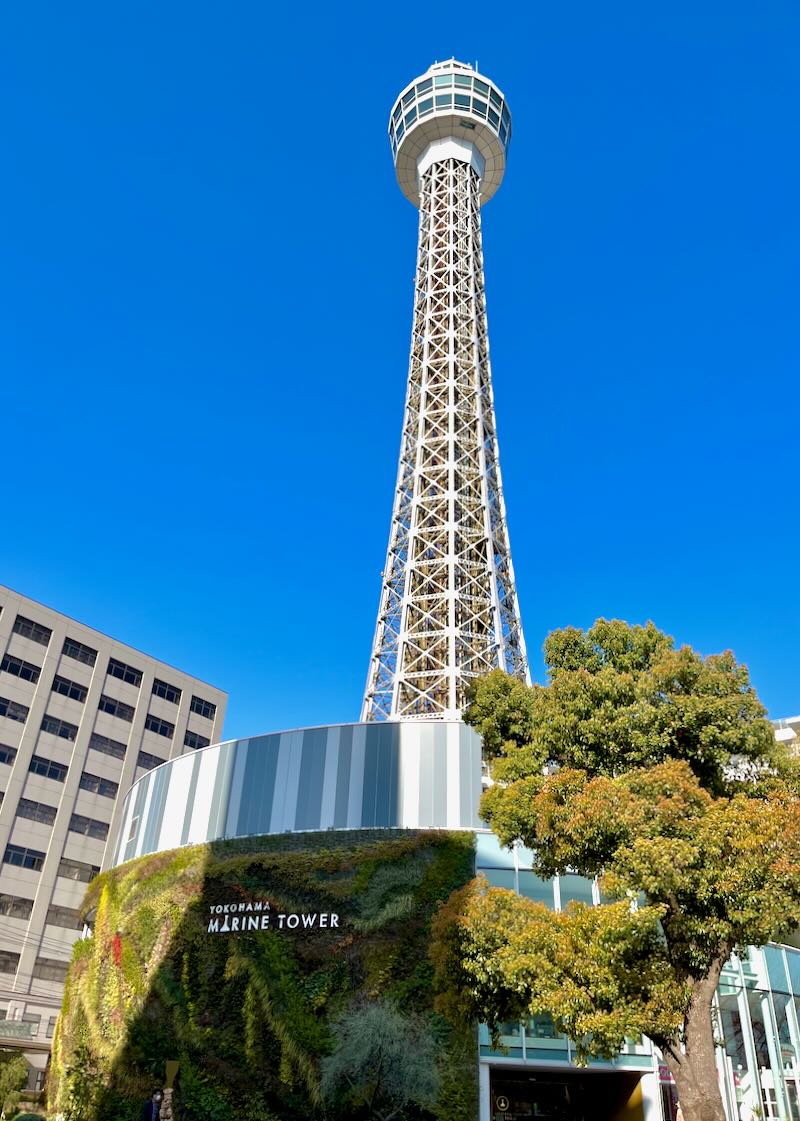
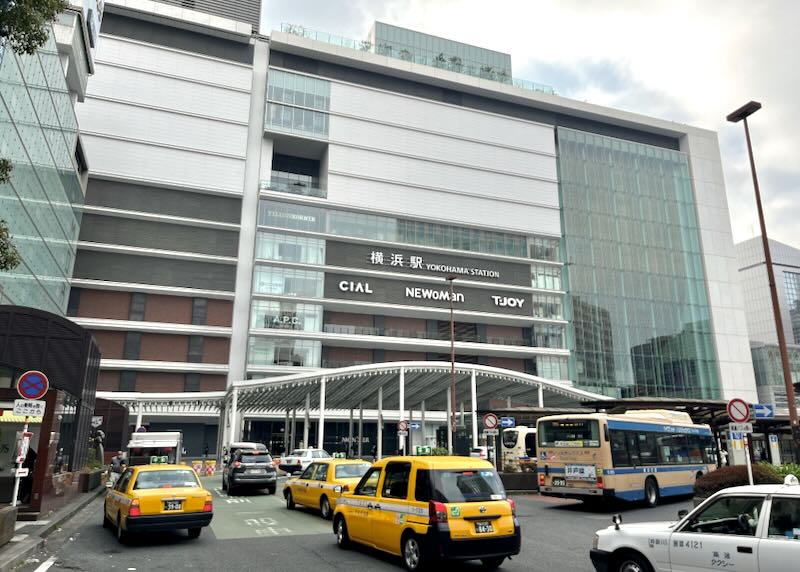
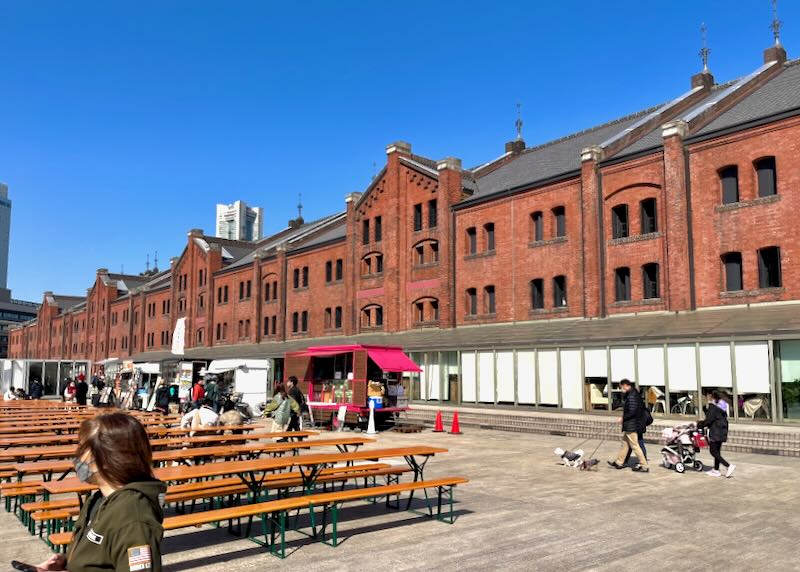
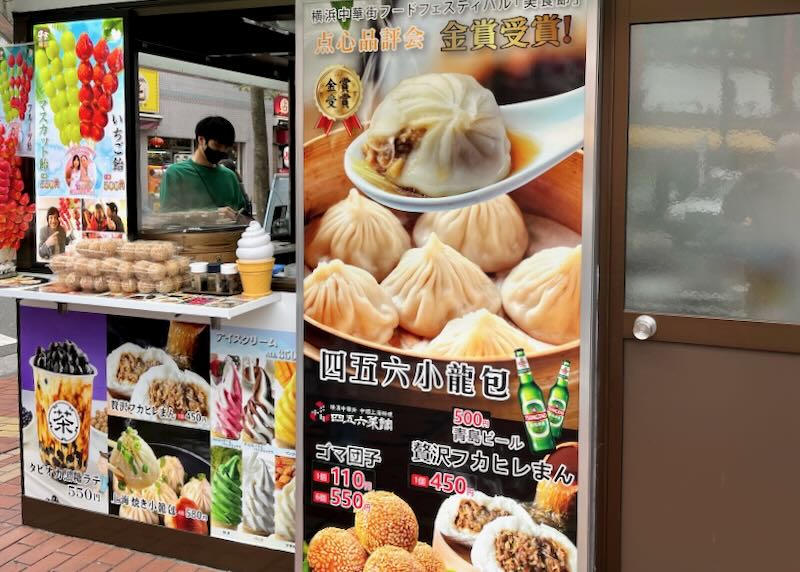
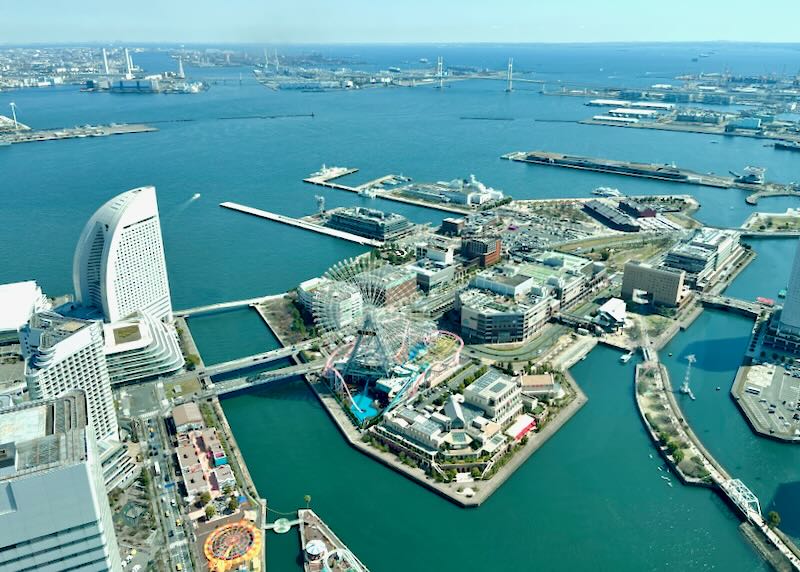
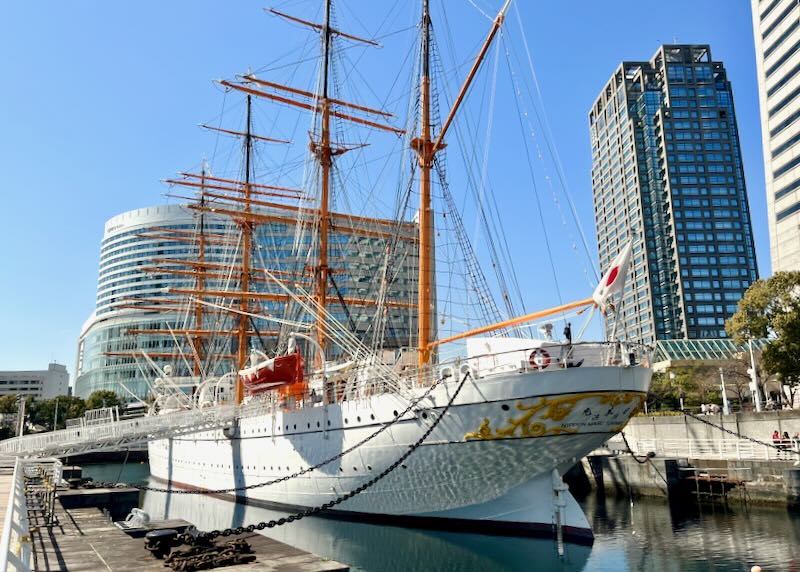
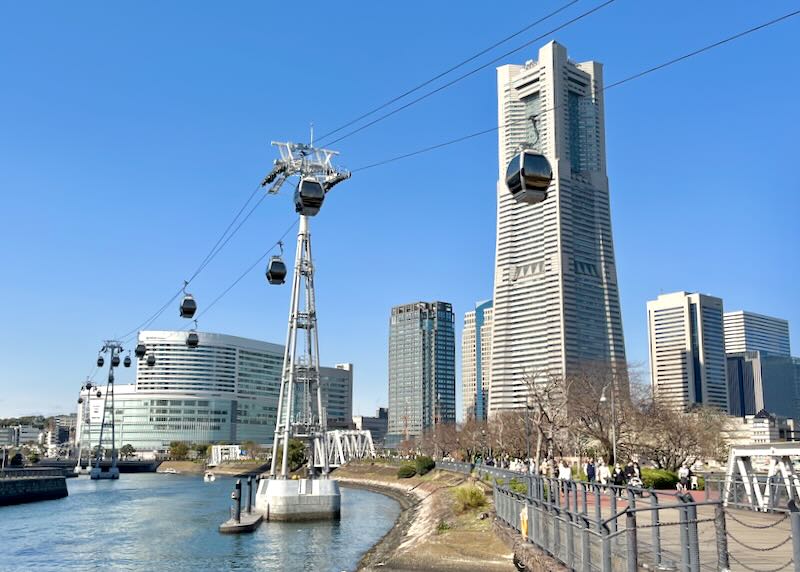
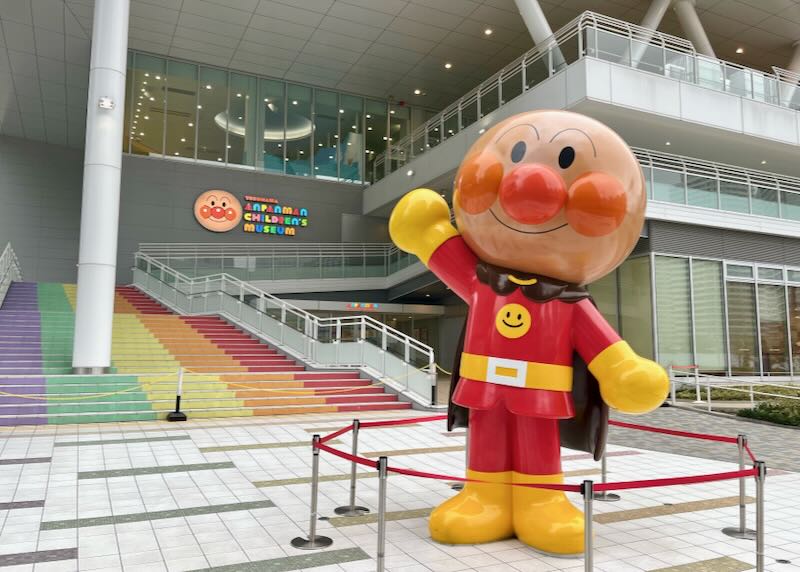
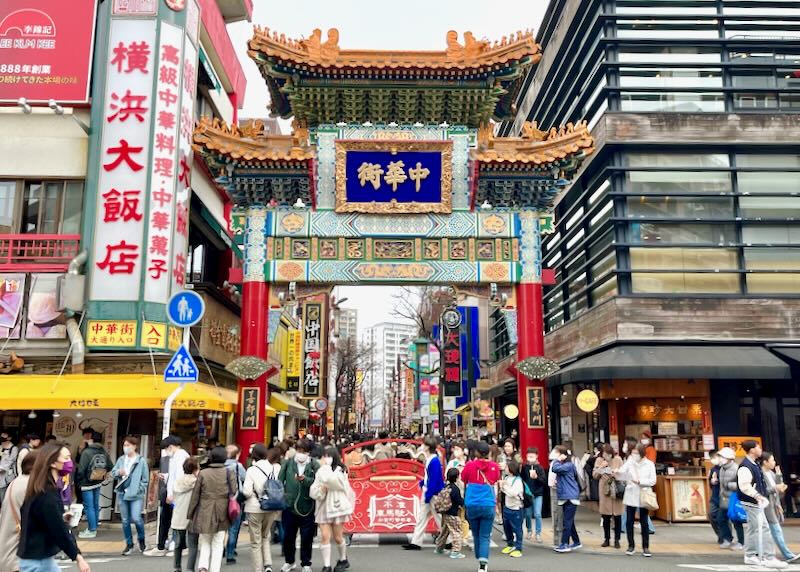
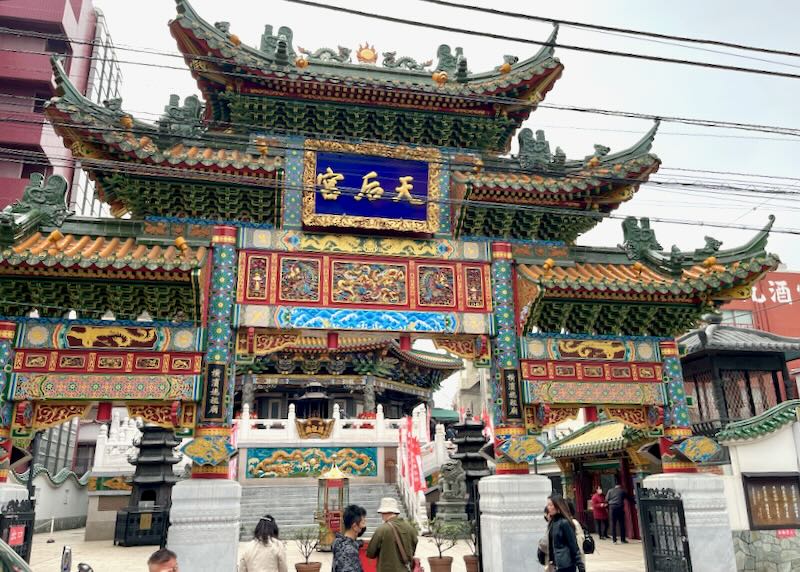
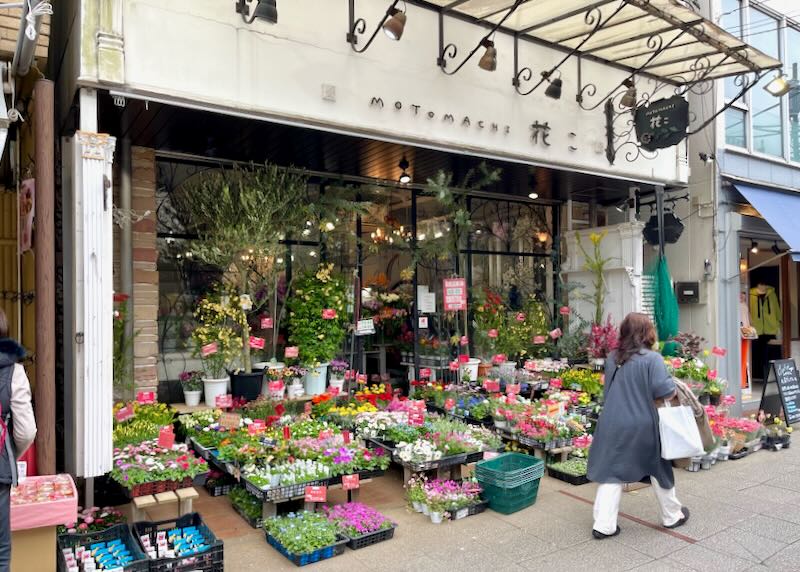
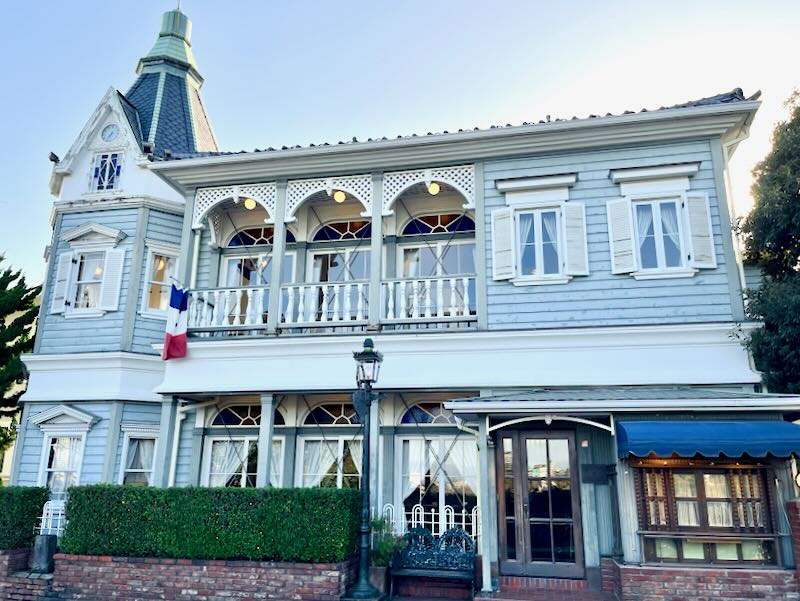

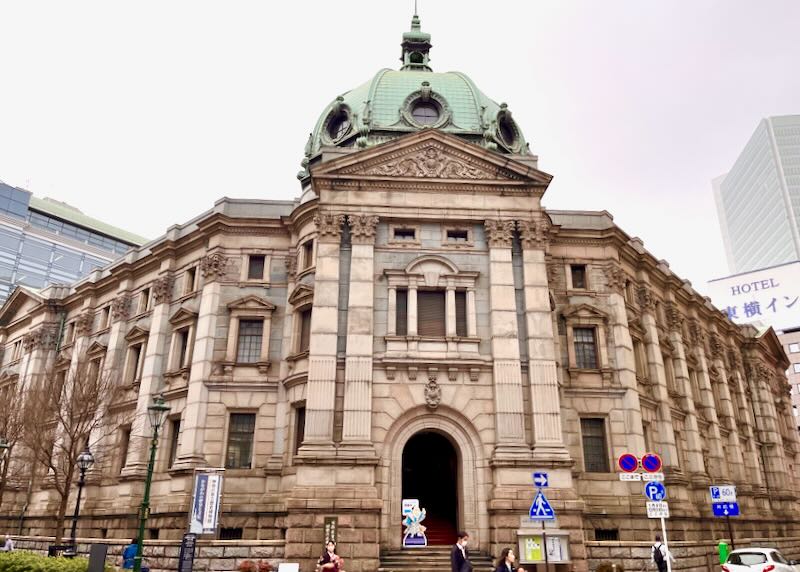
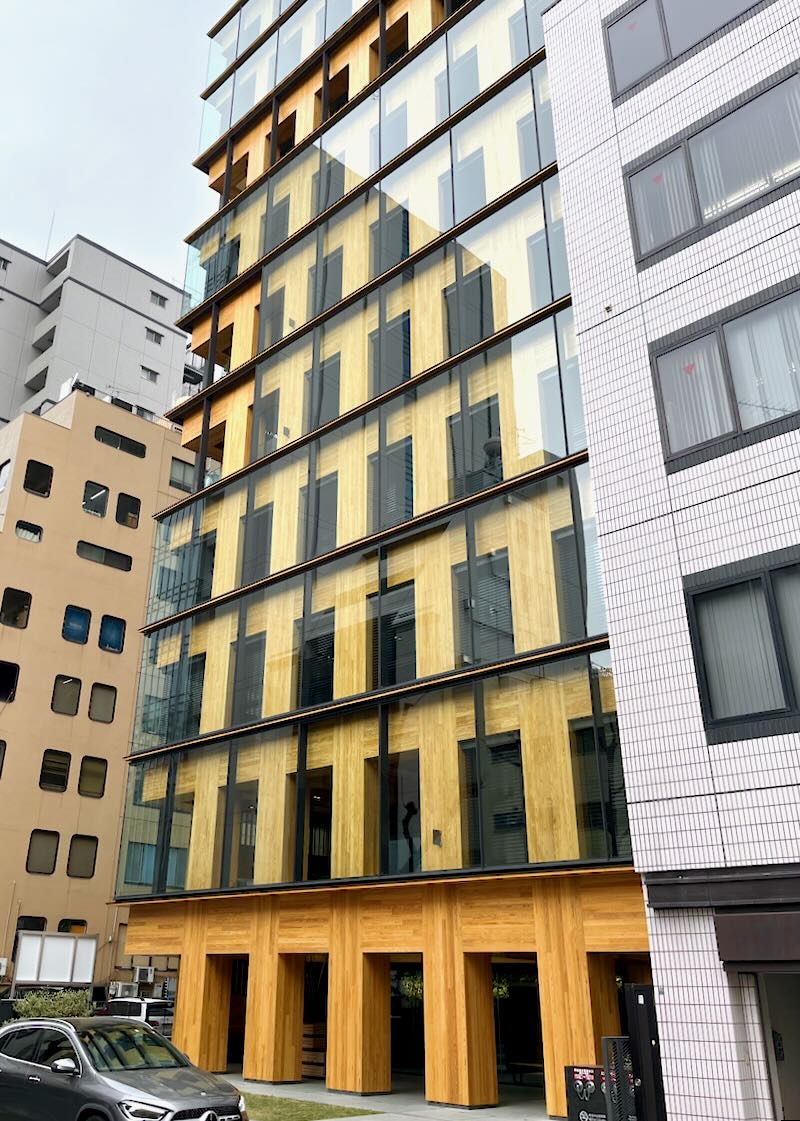
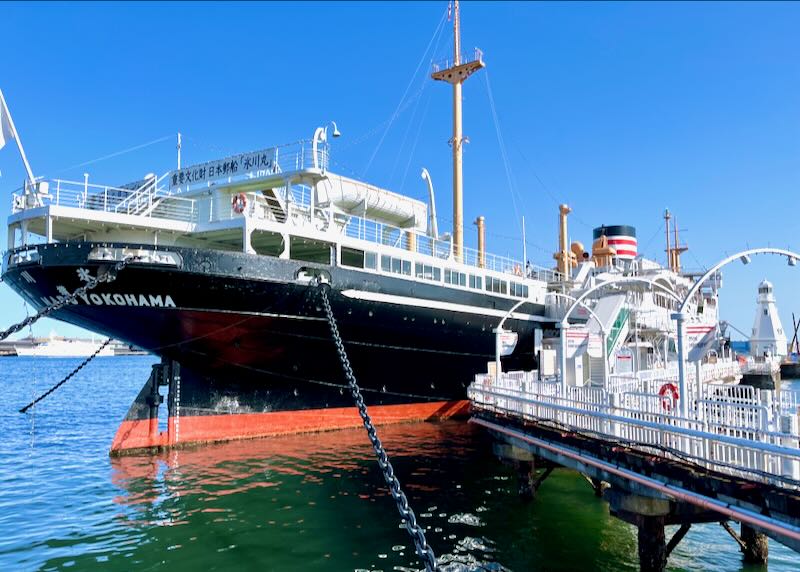
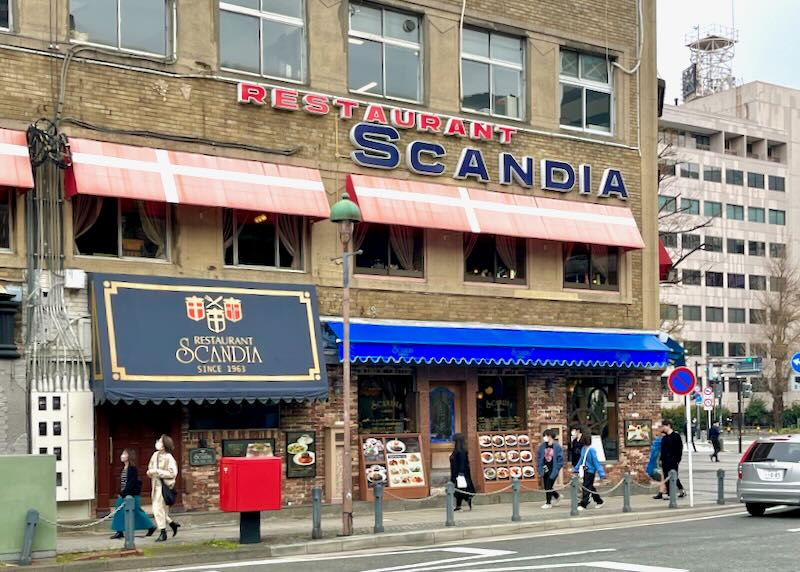
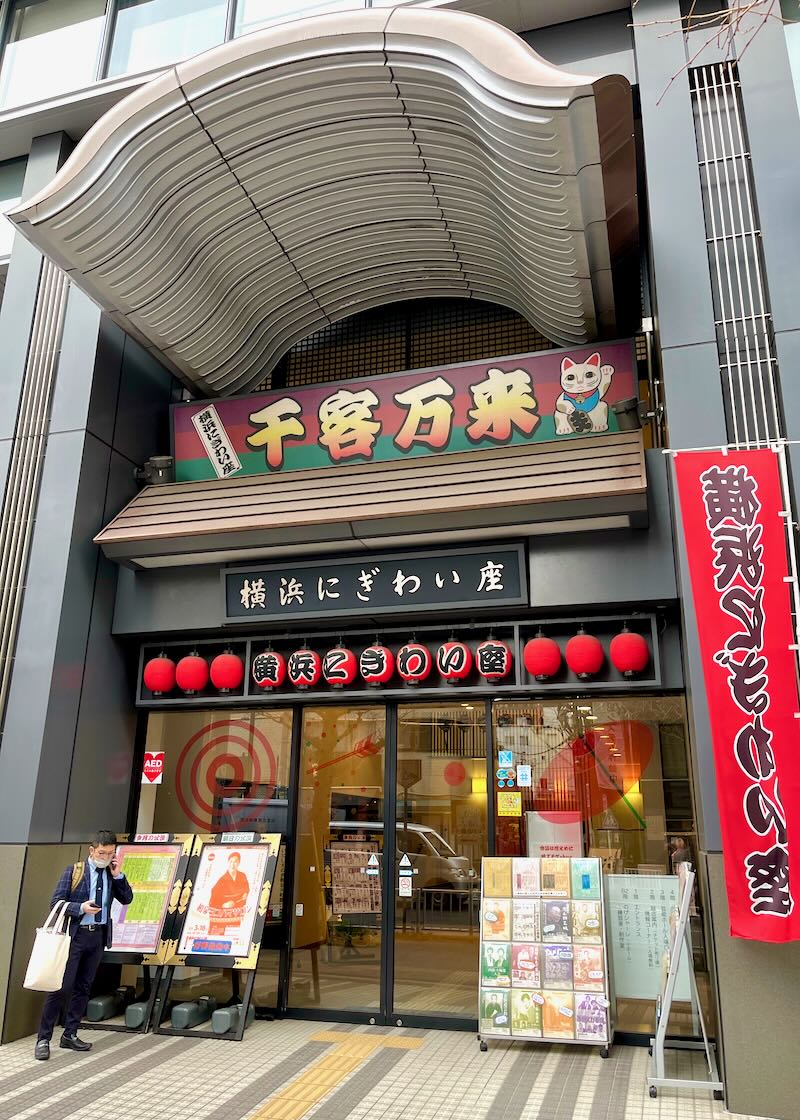
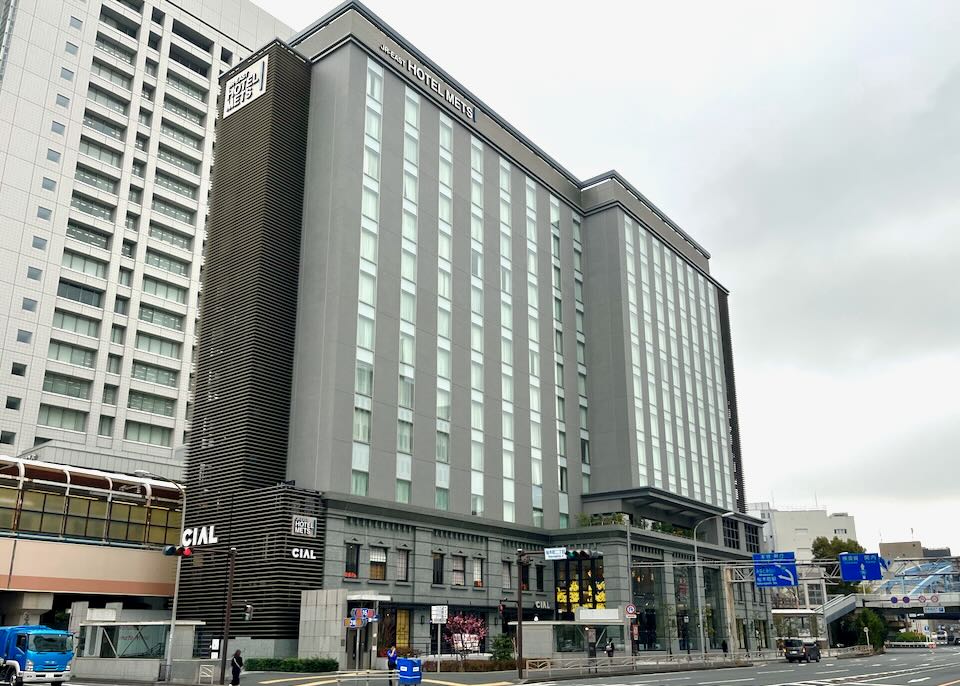
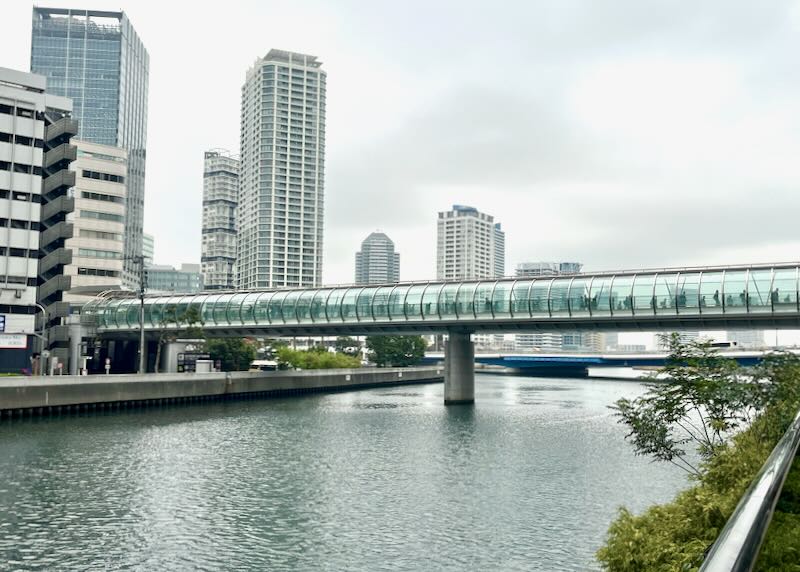

About Santorini Dave